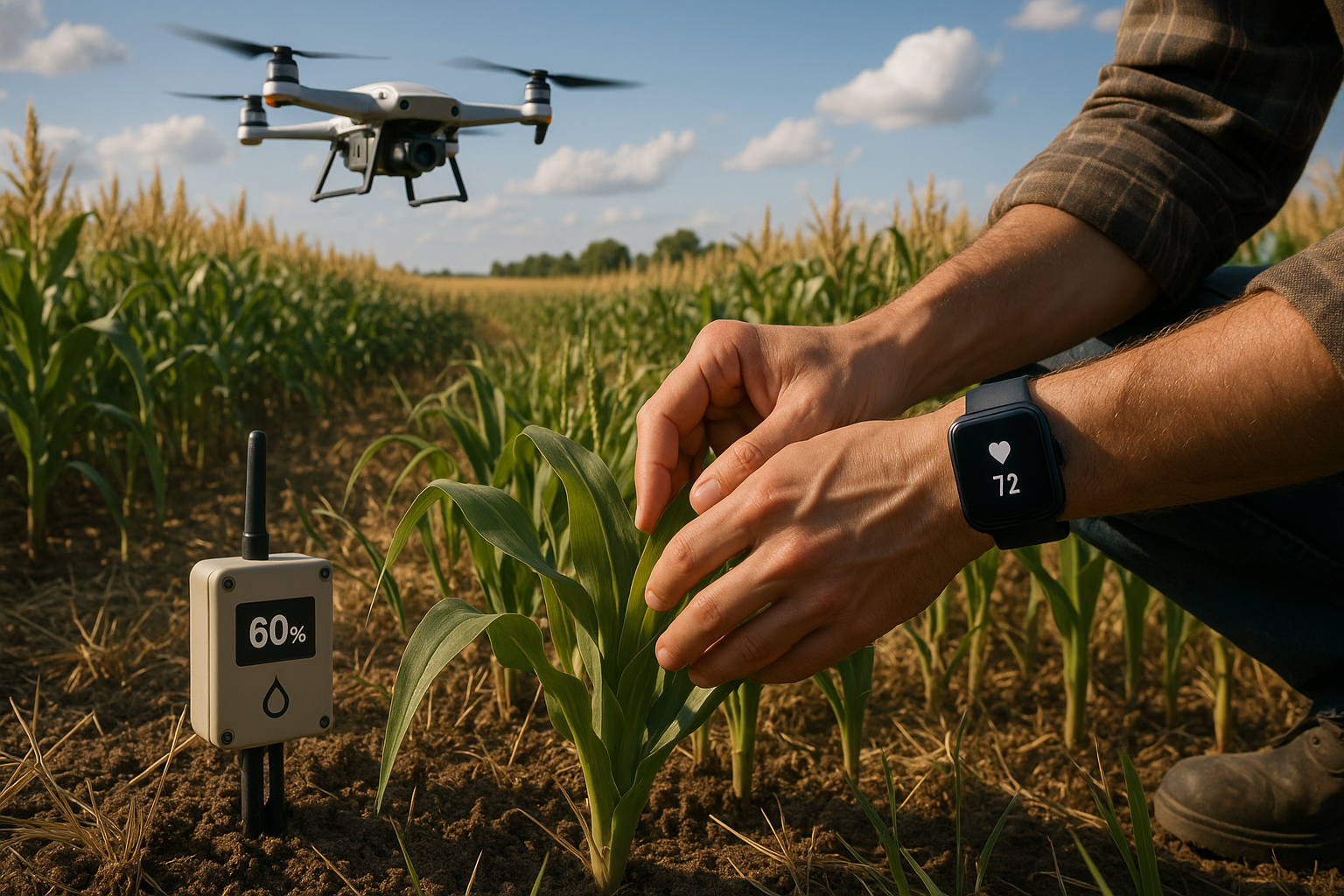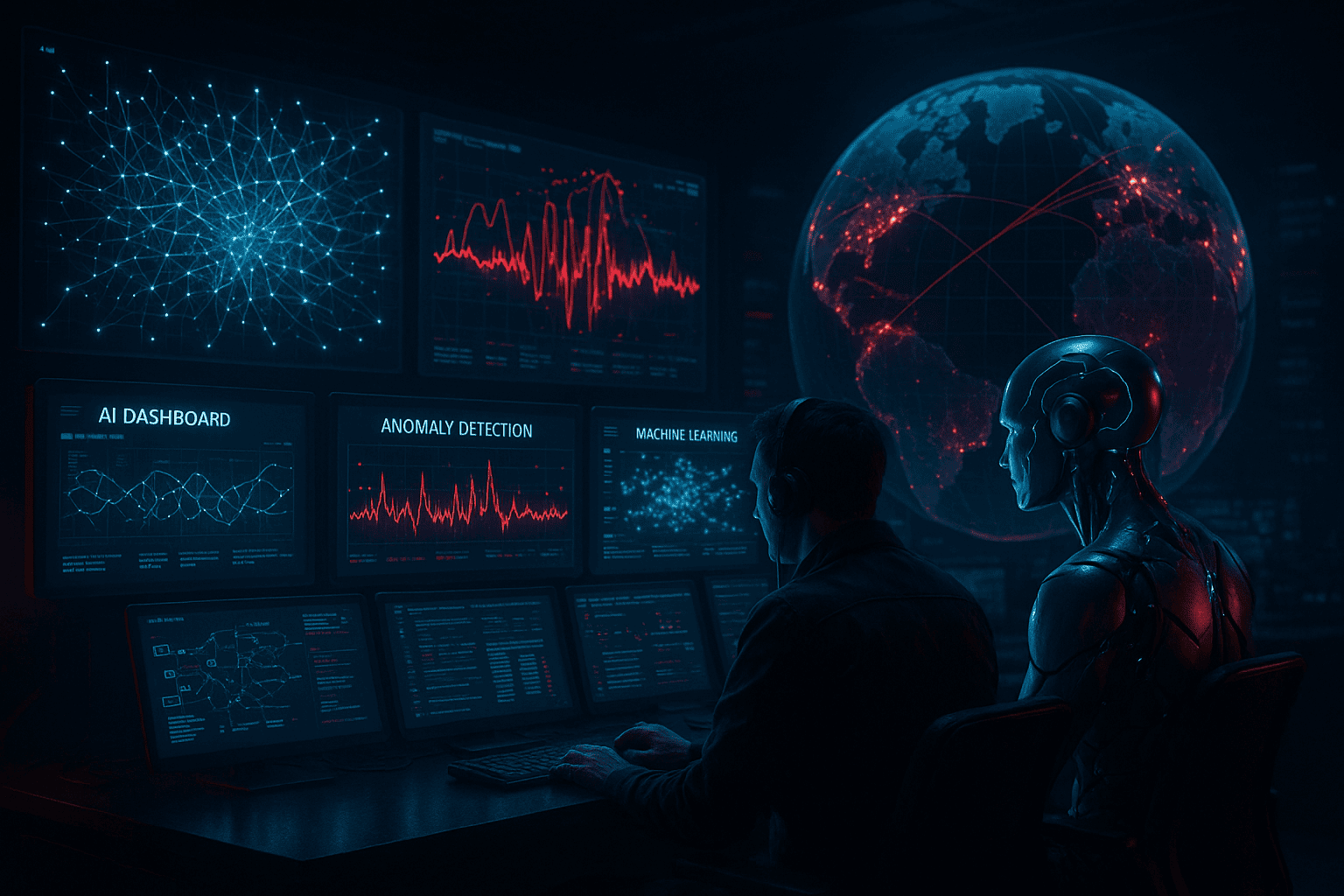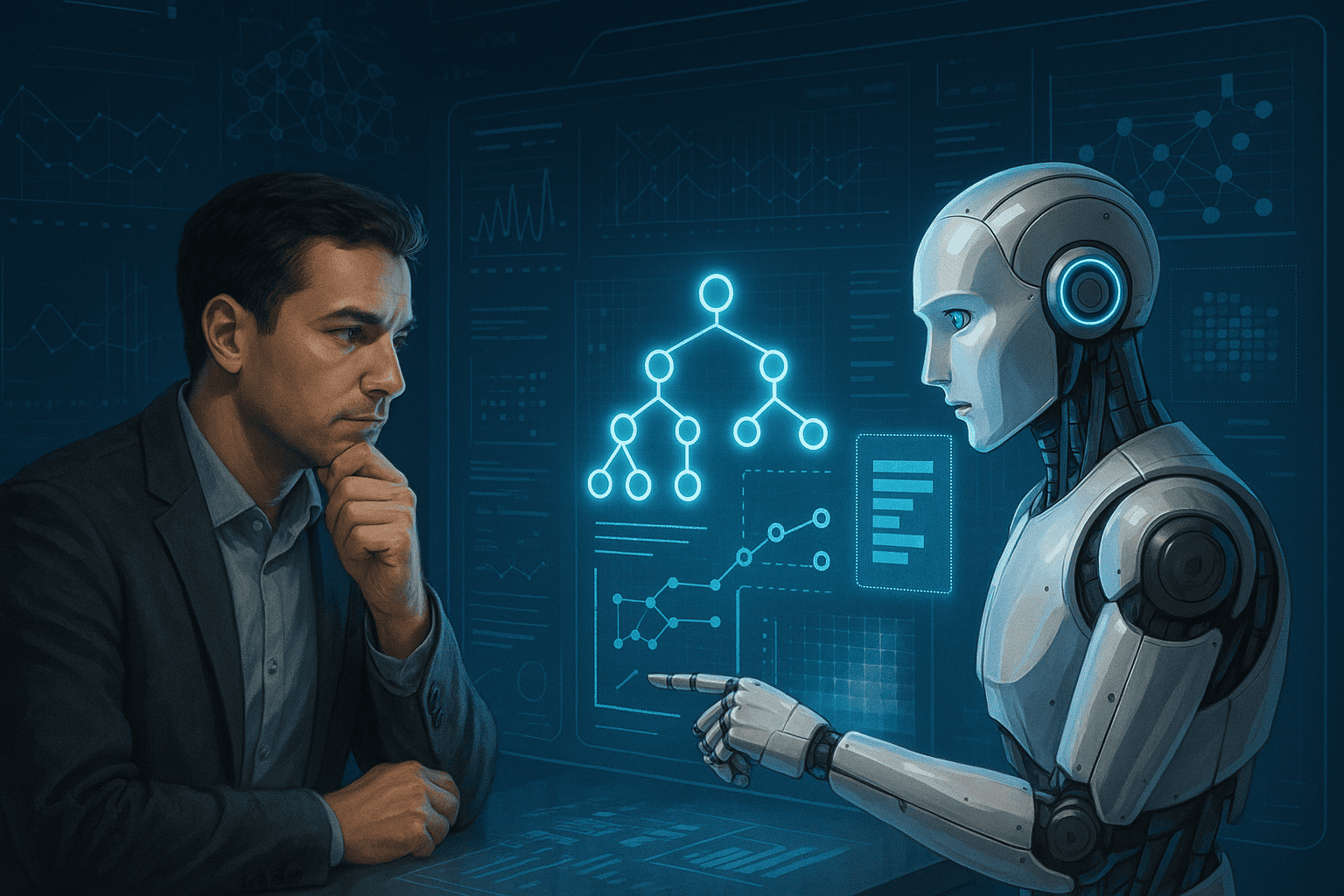In today’s data-driven world, artificial intelligence (AI) is rapidly becoming the heartbeat of modern technology. While cloud-based AI has brought us incredible capabilities—from voice assistants to recommendation engines—it comes with challenges like latency, bandwidth, and privacy concerns. Enter TinyML and Edge AI—a transformative duo leading us into a future of smart, local intelligence.
These technologies promise real-time decision-making, enhanced privacy, and low-power operation—all from the edge of the network. But what are TinyML and Edge AI, and why are they so revolutionary?
🚀 What Is TinyML?
TinyML (Tiny Machine Learning) refers to deploying machine learning models on tiny, resource-constrained devices such as microcontrollers. These devices often have:
- Low power consumption (milliwatts or less)
- Limited memory (typically in KBs)
- No operating system (bare metal or lightweight RTOS)
Despite their limitations, these tiny chips are now capable of running trained ML models locally—without requiring internet or cloud connectivity.
Core Components of TinyML:
- Model compression and quantization
- Efficient neural networks (e.g., MobileNet, SqueezeNet)
- TinyML frameworks (TensorFlow Lite Micro, CMSIS-NN, uTensor)
🧠 What Is Edge AI?
Edge AI refers to running AI algorithms locally on edge devices—such as smartphones, industrial sensors, cameras, or even drones—rather than relying on centralized cloud servers. Edge devices typically have more processing power than TinyML targets but still benefit from low-latency, offline intelligence.
Edge AI Examples:
- Image classification on a smart security camera
- Voice command recognition on a wearable
- Predictive maintenance on industrial IoT sensors
While TinyML is often considered a subset of Edge AI, the former is focused on ultra-low-power, highly constrained devices. Edge AI spans a broader range, including more capable edge processors.
🛠️ How Does TinyML Work?
The TinyML workflow usually includes:
- Data Collection
Gather data from sensors (accelerometer, microphone, temperature, etc.) - Model Training
Train a compact ML model using standard ML/DL frameworks (on a powerful machine). - Model Optimization
Use quantization, pruning, or knowledge distillation to shrink the model size. - Deployment
Flash the optimized model onto the target microcontroller using frameworks like TensorFlow Lite for Microcontrollers. - Inference at the Edge
The model runs in real-time, making predictions directly from sensor data—no cloud needed.
🌍 Real-World Applications of TinyML and Edge AI
1. 🏥 Healthcare Monitoring
- Detect irregular heartbeats using wearable sensors
- Monitor elderly fall detection without cameras
2. 🏭 Industrial Automation
- Predictive maintenance of motors and pumps
- Monitor vibration anomalies in factory equipment
3. 🏡 Smart Home Devices
- Voice command recognition (e.g., light control)
- Intrusion detection with acoustic event detection
4. 🌾 Agriculture
- Soil moisture prediction
- Pest detection via image sensors
5. 🚗 Automotive
- Driver behavior analysis
- In-cabin monitoring systems
6. 🐾 Wildlife Conservation
- Audio-based animal detection in remote forests
- Motion-based camera traps with local intelligence
⚙️ Benefits of TinyML and Edge AI
| Benefit | Description |
|---|---|
| ⚡ Low Latency | Real-time responses without cloud roundtrips |
| 🔐 Data Privacy | Sensitive data remains on the device |
| 🌐 Offline Capability | Works even without internet connectivity |
| 🔋 Energy Efficiency | Extended battery life for wearables and IoT |
| 💰 Cost Savings | Reduced cloud/server infrastructure costs |
🔮 Challenges and Limitations
Despite its promise, TinyML and Edge AI face several challenges:
- Limited computational resources: Difficult to run complex models
- Toolchain complexity: Requires familiarity with embedded systems and ML
- Model compression trade-offs: Accuracy vs. model size
- Deployment fragmentation: Many chip architectures and vendors
However, with growing community support, standardization, and hardware improvements, these challenges are steadily being addressed.
🌱 The Growing Ecosystem
Hardware Platforms:
- Arduino Nano 33 BLE Sense
- Raspberry Pi Pico
- Espressif ESP32
- STM32 microcontrollers
Software & Frameworks:
- TensorFlow Lite for Microcontrollers
- Edge Impulse
- TinyML Foundation
- Arm CMSIS-NN
Community & Events:
- TinyML Summit
- Open-source projects on GitHub
- Developer tools and online courses
🧭 The Future of Smart, Local Intelligence
The fusion of TinyML and Edge AI is not just a technological evolution—it’s a paradigm shift. In a world increasingly focused on decentralization, data sovereignty, and sustainability, these technologies empower us to build smarter, faster, and more privacy-conscious solutions.
Imagine:
- A smartwatch that monitors your vitals and alerts you instantly during a health crisis—without needing to connect to the cloud.
- Agricultural sensors that help optimize crop yield in remote areas with no internet.
- Smart toys that interact intelligently and safely with children without uploading any data.
These aren’t just ideas. They are becoming reality—thanks to TinyML and Edge AI.
✨ Final Thoughts
TinyML and Edge AI bring intelligence to the edge—where it’s most needed. By processing data locally, they reduce costs, preserve privacy, and enable real-time decision-making in everything from wearables to industrial machines.
As the tools, frameworks, and hardware continue to mature, we’re heading toward a world where every device around us becomes smart and self-reliant.
TinyML isn’t just small in size—it’s massive in potential.
Are you ready to bring intelligence to the edge?
Explore, build, and innovate—because the future is local.


